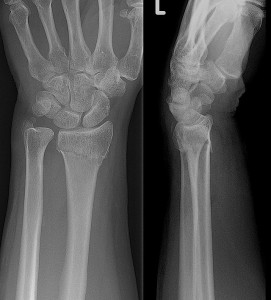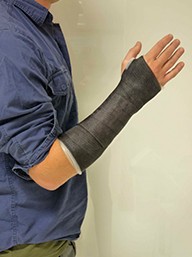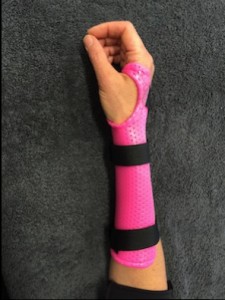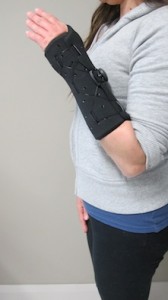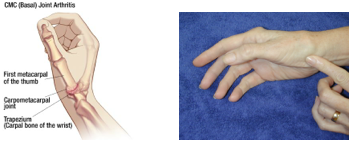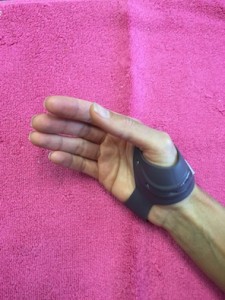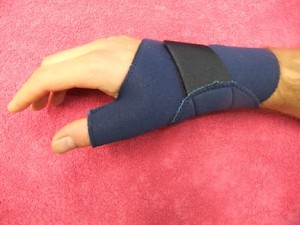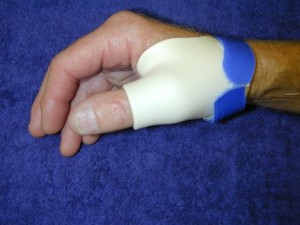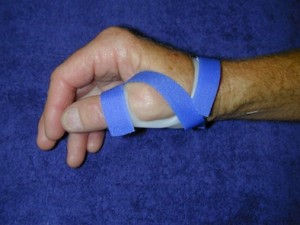QUESTION: A 28 year old female fell over at soccer and had another player accidentally step on her hand. Her hand is now swollen and bruised, however, she has full range of movement of her fingers and wrist.
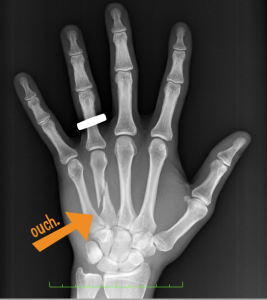
A 4th metacarpal spiral fracture
What is it?
A broken hand is when a break/fracture occurs to one of the bones in your hand. The hand has a number of bones which support its framework. Many people believe that a fracture and a break are different, but they are actually the same thing.
Common Causes
Any forced applied in excess to the bone can break it. This can occur from a fall, punching a wall, or having someone or something else hit it.
Symptoms
Usually with fractures in the hand, they can present with lots of swelling (also known as oedema), pain, bruising and potentially a loss of movement or deformity.
However, some people with a broken hand can still move their fingers and wrist without issue and don’t necessarily present with deformity.
Some fractures are simple, although some others may be displace or have multiple fragments on x-ray.
Treatment
A medical evaluation including x-ray is required for diagnosis. This will help your doctor and hand therapist
determine what treatment is required or if referral to a hand surgeon is required.
Some hand fractures require a hand splint for protection while others may require a plate a screws to fix through a
small incision (open reduction and internal fixation: ORIF).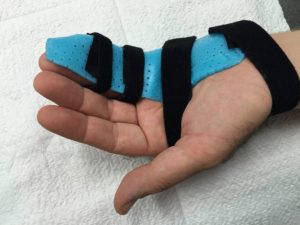
Here at Hand Therapy Group, we can fabricate customised thermoplastic hand splints to accommodate for all fractures in the hand with any level or injury (pre or post-op).
We ensure that only the joints that need to be immobilised are immobilised and the rest are available for gentle range of movement and use.
If you have any further questions, please feel free to contact us here and we’ll be happy to help!






 There are many causes of finger pain. The above example sounds like a classic case of trigger finger but there are many issues which may cause pain or discomfort in the fingers and will require treatment from your hand therapist.
There are many causes of finger pain. The above example sounds like a classic case of trigger finger but there are many issues which may cause pain or discomfort in the fingers and will require treatment from your hand therapist.


